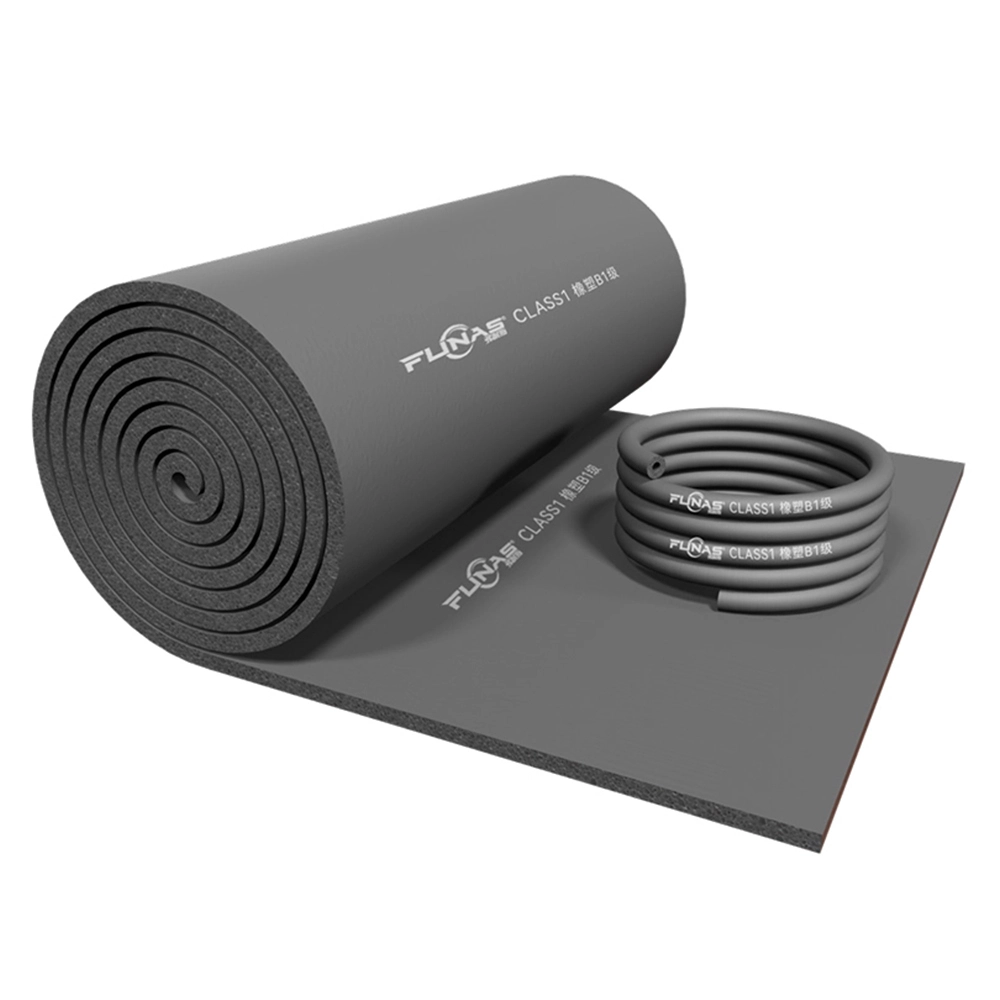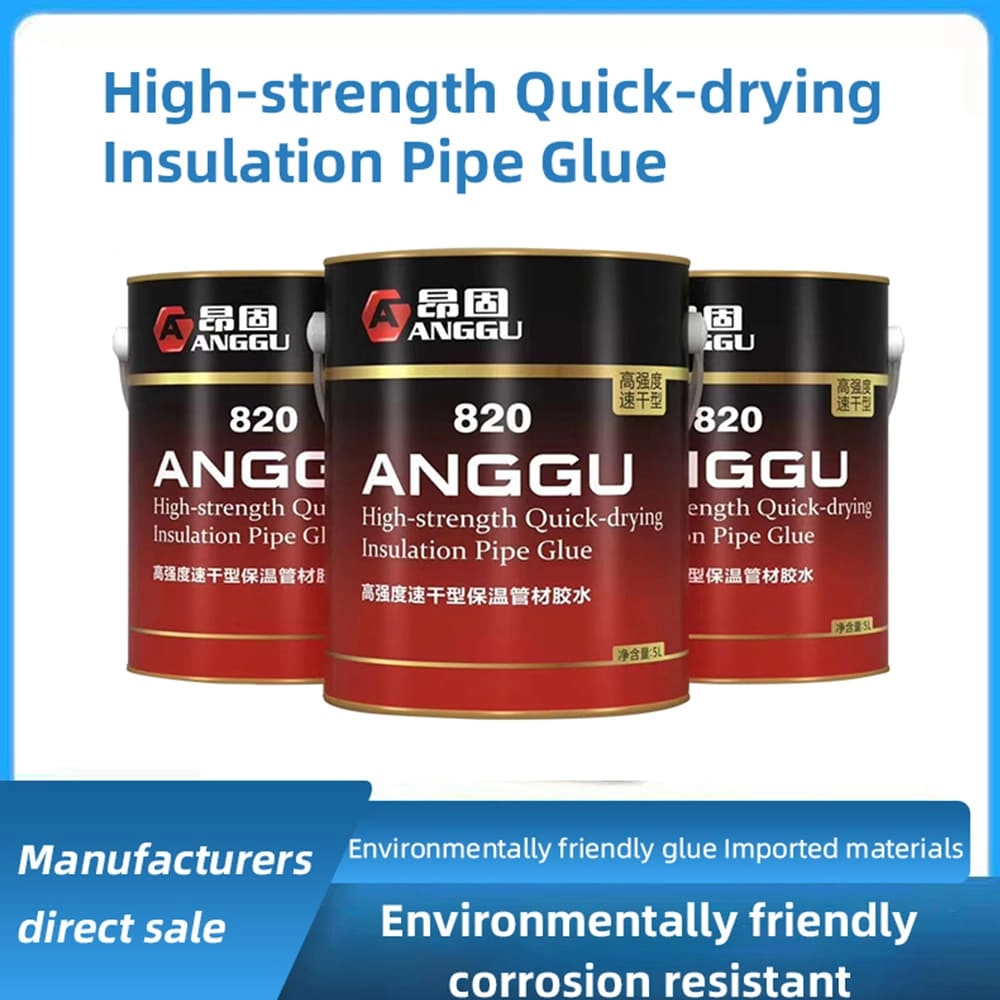How to choose between rubber and mineral wool insulation? | Insights by FUNAS
Explore the key differences between rubber and mineral wool insulation materials, including thermal performance, fire resistance, environmental impact, and cost considerations, to make an informed decision for your insulation needs.
How to Choose Between Rubber and Mineral Wool Insulation?
When selecting insulation materials for your building project, it's crucial to understand the properties, advantages, and limitations of each option. Two common materials are rubber and mineral wool. This guide will help you make an informed decision by addressing five key considerations:
1. Thermal Performance
Thermal performance is measured by the R-value, which indicates the material's resistance to heat flow. A higher R-value signifies better insulation.
Rubber Insulation: Rubber insulation typically has a thermal conductivity (λ) ranging from 0.100 to 0.140 W/m·K, resulting in an R-value of approximately 7.14 to 10.00 per inch of thickness.
Mineral Wool Insulation: Mineral wool offers a thermal conductivity between 0.033 and 0.040 W/m·K, corresponding to an R-value of about 25 to 30 per inch.
Conclusion: Mineral wool provides superior thermal insulation compared to rubber.
2. Fire Resistance
Fire resistance is vital for building safety.
Rubber Insulation: Rubber insulation materials are generally classified as flame-retardant but may not be entirely non-combustible.
Mineral Wool Insulation: Mineral wool is non-combustible and can withstand temperatures up to 700–850°C (1,292–1,562°F), making it highly fire-resistant.
Conclusion: Mineral wool offers superior fire resistance compared to rubber insulation.
3. Environmental Impact
Considering the environmental footprint of insulation materials is increasingly important.
Rubber Insulation: Rubber insulation is often made from synthetic materials, which may not be biodegradable and can have a higher environmental impact during production.
Mineral Wool Insulation: Mineral wool is made from natural stone and recycled materials, with an average of 70% recycled content, making it more environmentally friendly.
Conclusion: Mineral wool has a lower environmental impact due to its high recycled content.
4. Moisture Resistance
Moisture resistance affects the durability and performance of insulation.
Rubber Insulation: Rubber insulation has a closed-cell structure, providing excellent resistance to water vapor penetration and preventing condensation.
Mineral Wool Insulation: Mineral wool is hydrophobic, meaning it repels water and does not absorb moisture, maintaining its insulating properties even in damp conditions.
Conclusion: Both materials offer good moisture resistance, but mineral wool's hydrophobic nature may provide an advantage in damp environments.
5. Cost Considerations
Budget constraints often influence material selection.
Rubber Insulation: Rubber insulation is generally more expensive than fiberglass but may be comparable in cost to mineral wool, depending on the specific product and application.
Mineral Wool Insulation: Mineral wool is typically more expensive than fiberglass, often between 25-50% higher in cost.
Conclusion: Both materials are more expensive than fiberglass, with mineral wool often being slightly more costly.
Conclusion: Why Choose FUNAS Insulation?
When selecting insulation materials, consider factors such as thermal performance, fire resistance, environmental impact, moisture resistance, and cost. FUNAS offers high-quality insulation solutions that combine superior thermal performance, excellent fire resistance, and environmental sustainability, ensuring optimal comfort and safety for your building projects.
((https://www.mdpi.com/1996-1073/18/10/2420?utm_source=openai), (https://www.hvacfoam.com/news-comparison-of-commonly-used-insulation-materials.html?utm_source=openai), (https://www.poulin.build/blog/rockwoll-mineral-wool-vs-fiberglass-insulation?utm_source=openai))

The Ultimate Guide to Glass Wool Insulation 2026

Top 10 Foam Rubber Sheet Manufacturers for Insulation & More

Top 14 Rock Wool Panel Brands: Expert Guide for 2026

Top 10 Insulation Adhesives for Heat & Soundproofing 2026
service
Are your rubber foam products environmentally friendly?
Yes, our insulation products are designed with sustainability in mind. They help reduce energy consumption by minimizing heat loss and gain, and they are made from durable materials that have a long life cycle, reducing the need for frequent replacement.
How does your technical support work?
Our technical support team is available to guide you through every stage of your project—from product selection and design to installation. We provide expert consultation to ensure that you get the best insulation solution for your needs and can assist with troubleshooting if needed.
FAQ
How to start a consultation?
You can contact us through our website, phone, or email. We will arrange a professional staff to discuss your needs about best thermal insulator and how we can help you.
Can your insulation products be customized?
Yes, we offer customized solutions for insulation material wholesale to meet the specifications of your project, including custom specifications, sizes, foils and adhesives, colors, etc.
You might also like

Foam Phenolic Adhesive
This product has passed the national GB33372-2020 standard and GB18583-2008 standard. (The product is a yellow liquid.)
Anggu foam phenolic glue is a kind of glue with corrosion resistance, low odor, high strength and excellent brushing property. Can be sprayed for construction with fast surface drying speed, long bonding time, no chalking and convenient operation.

Black Rubber-plastic Tube Rubber foam pipe wholesale

Wholesale blue Rubber-plastic Board Rubber foam panel sheet

Wholesale Perfect Fire Resistant Performance High Strength Acoustic Mineral Wool Insulation Rock Wool Roll Panel Plain Slab
Rock wool, that is, a kind of exterior insulation material. When the market share of 90% of the organic thermal insulation materials in the stagnant wait-and-see, as a fire rating of A- class exterior insulation inorganic material rock wool has ushered in an unprecedented market opportunity.
Leave a message
Have any questions or concerns about our products? Please leave us a message here and our team will get back to you promptly.
Your queries, ideas, and collaboration opportunities are just a click away. Let’s start a conversation.


















































